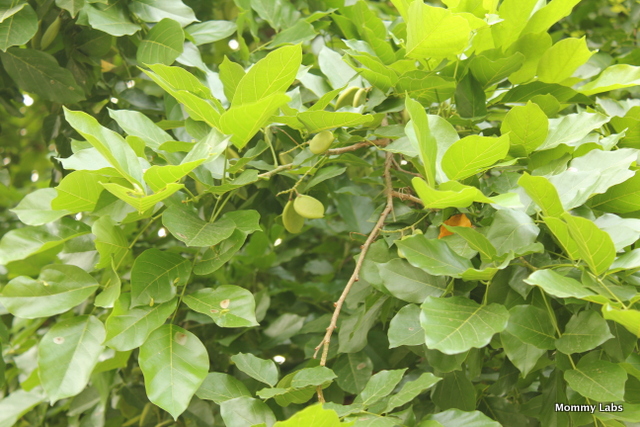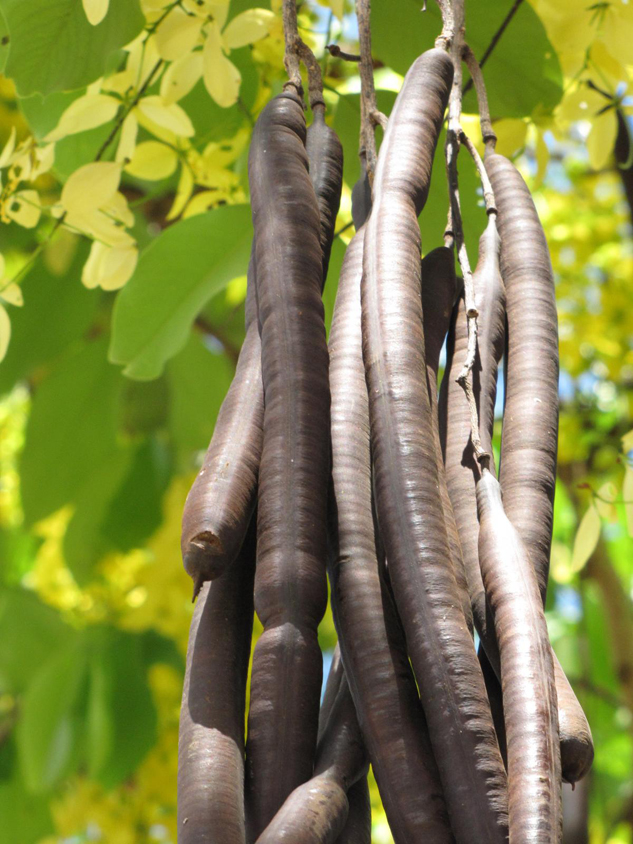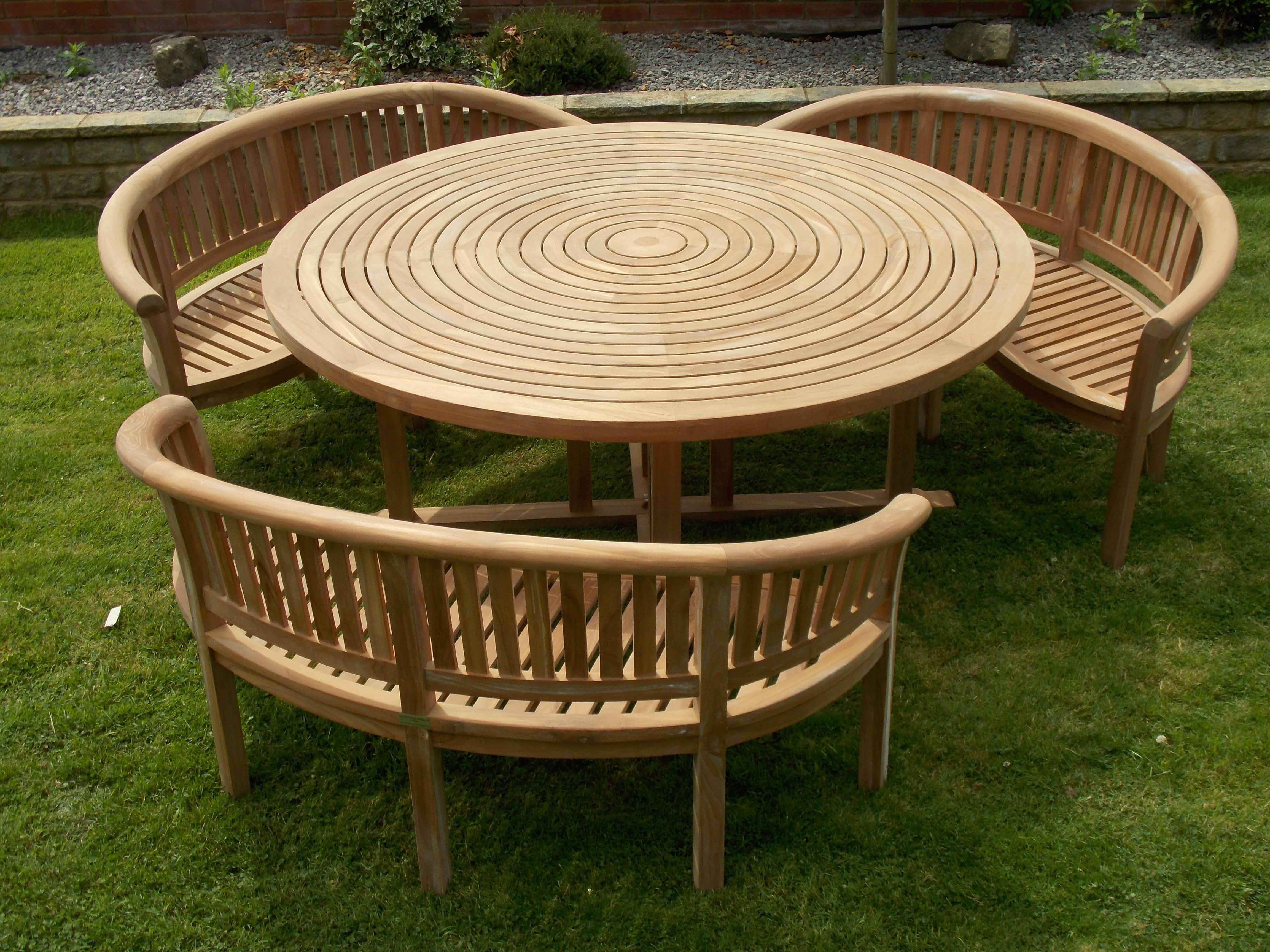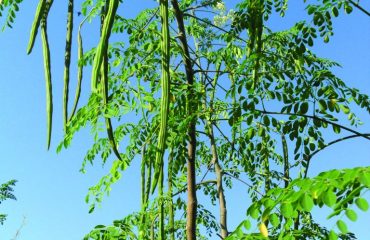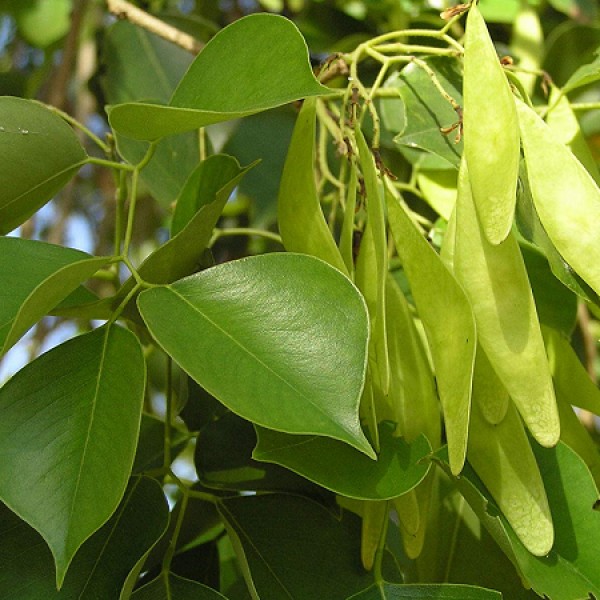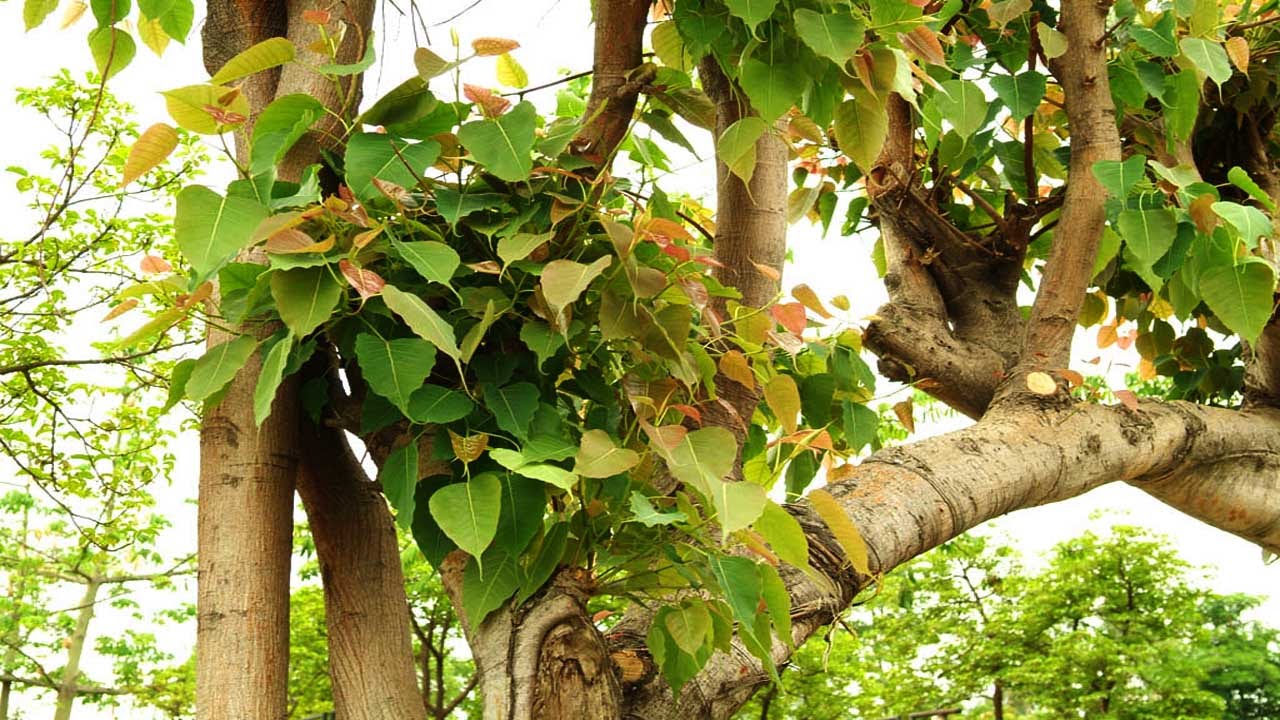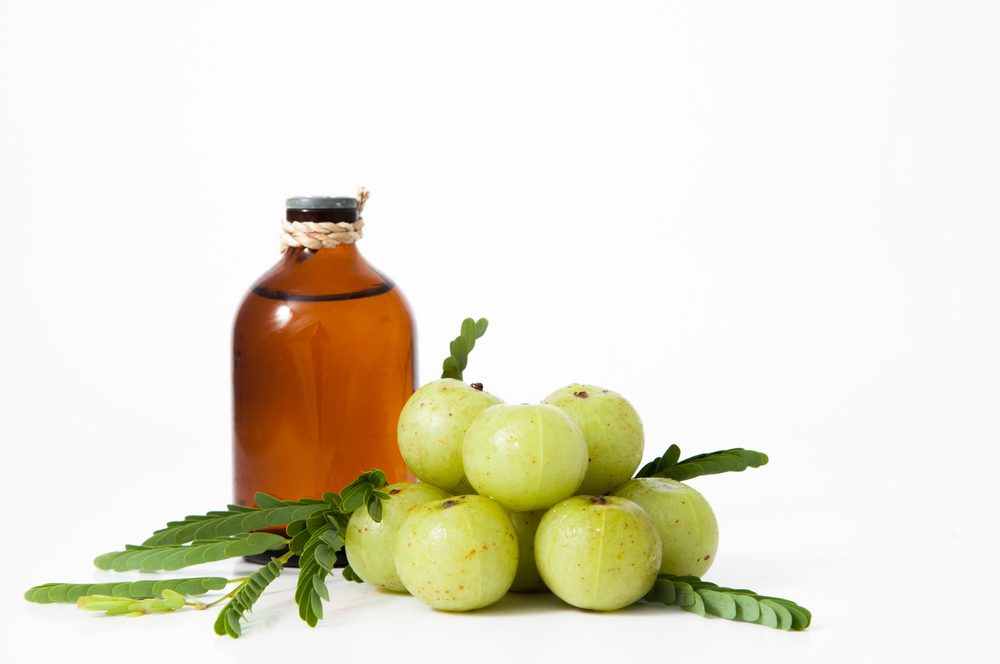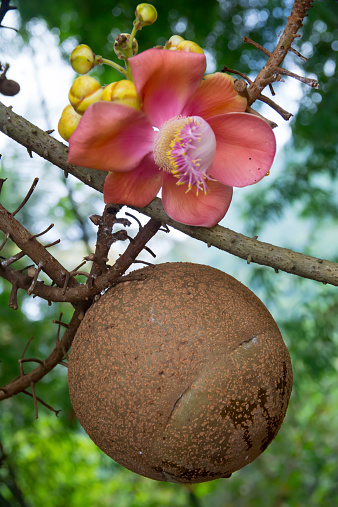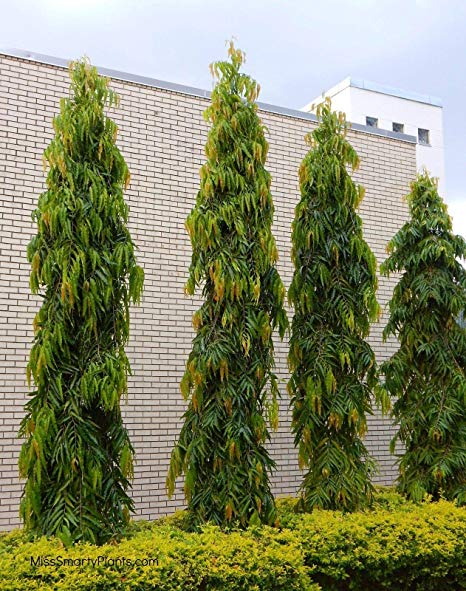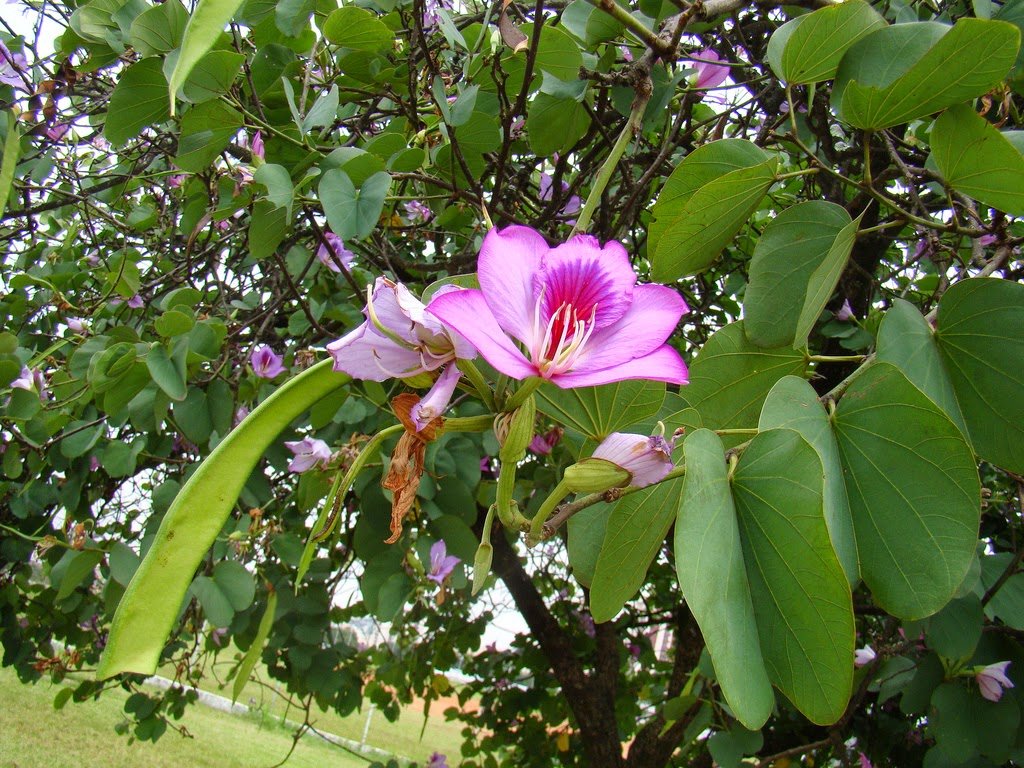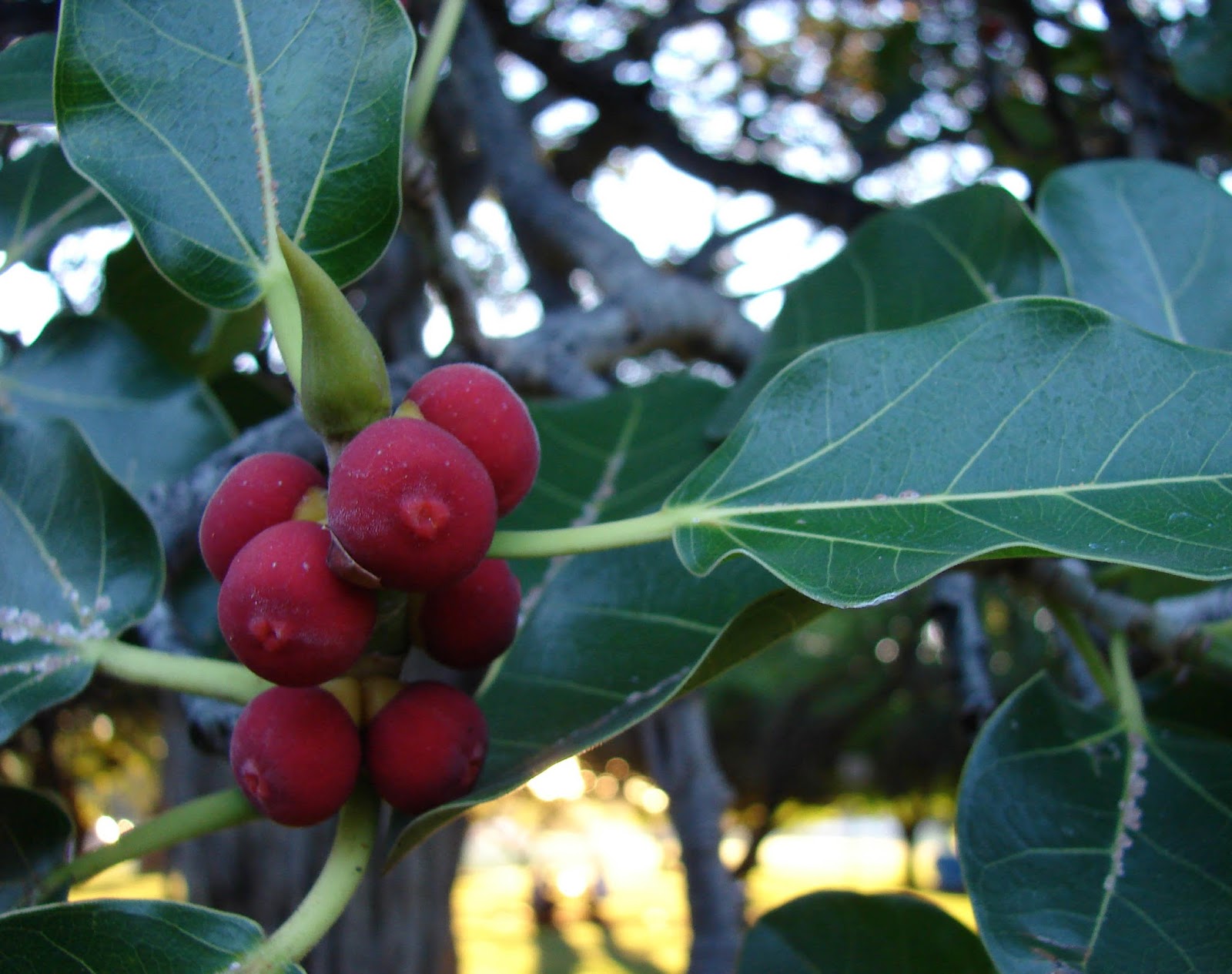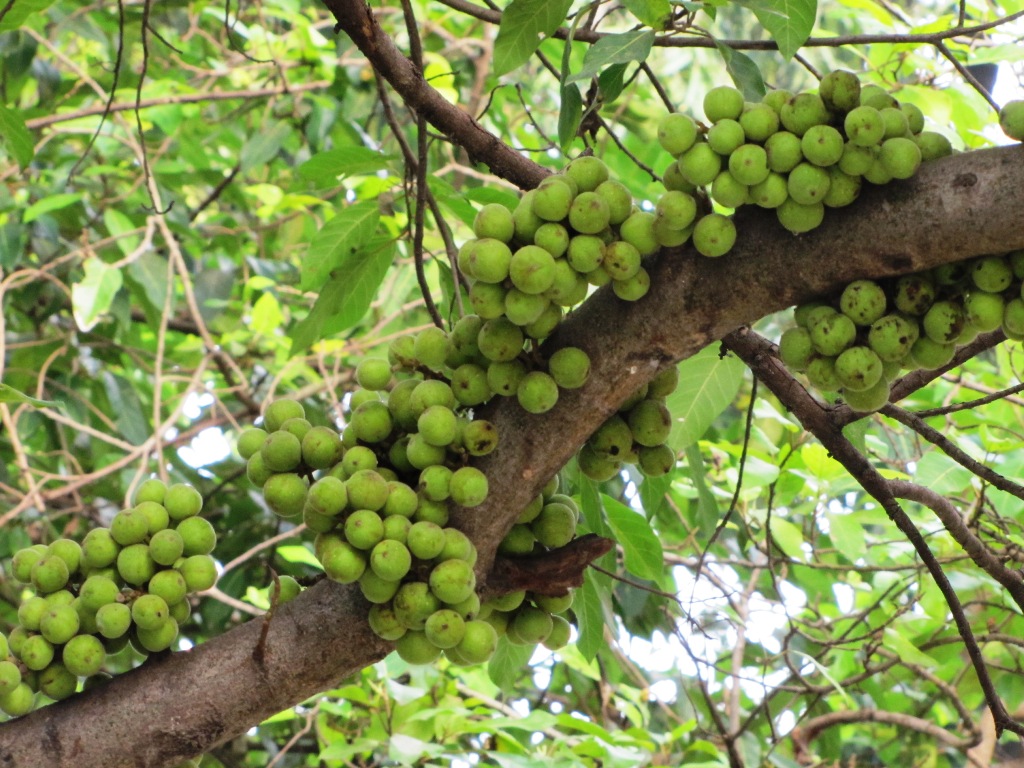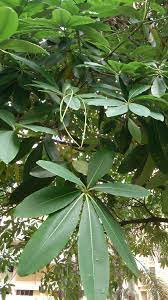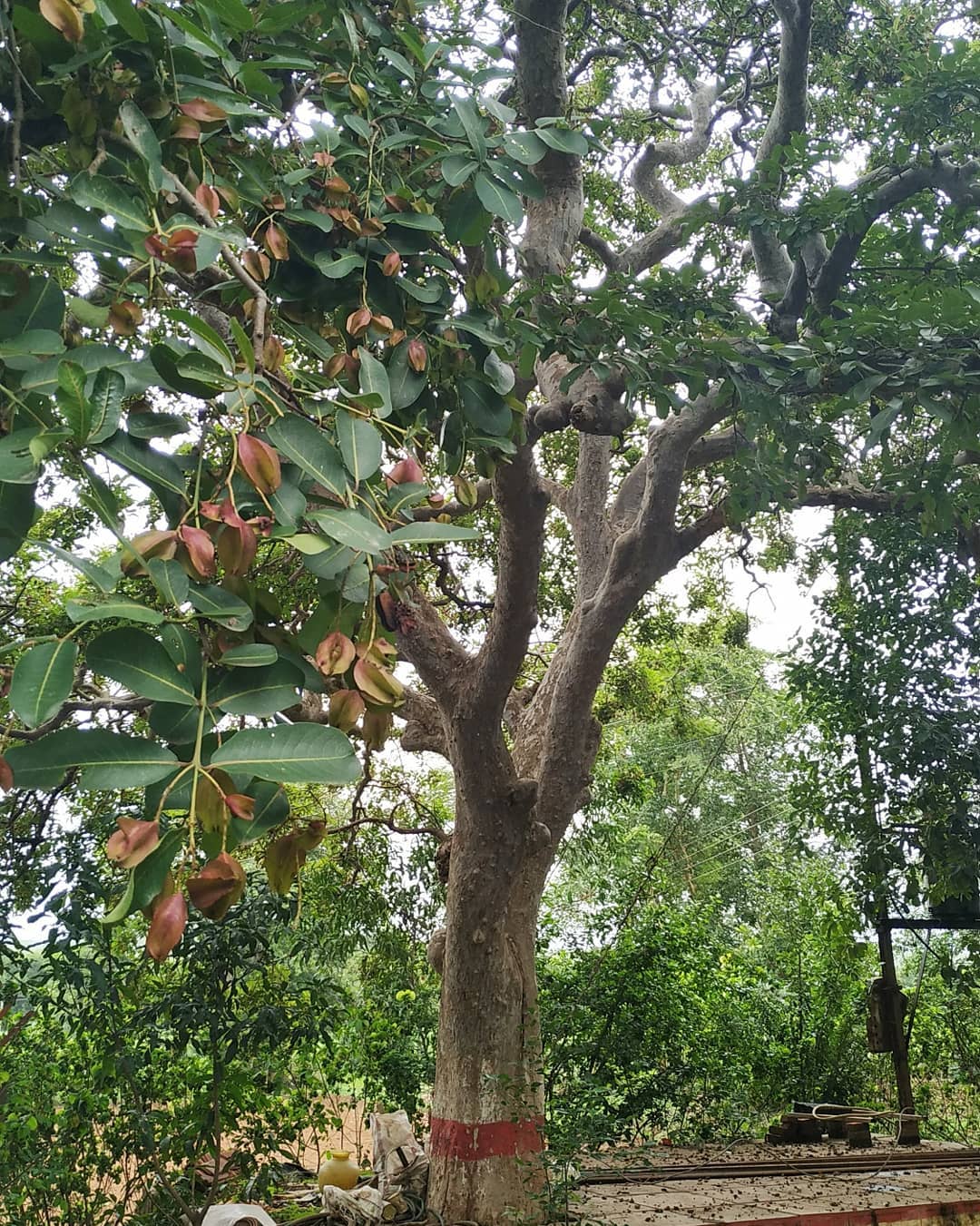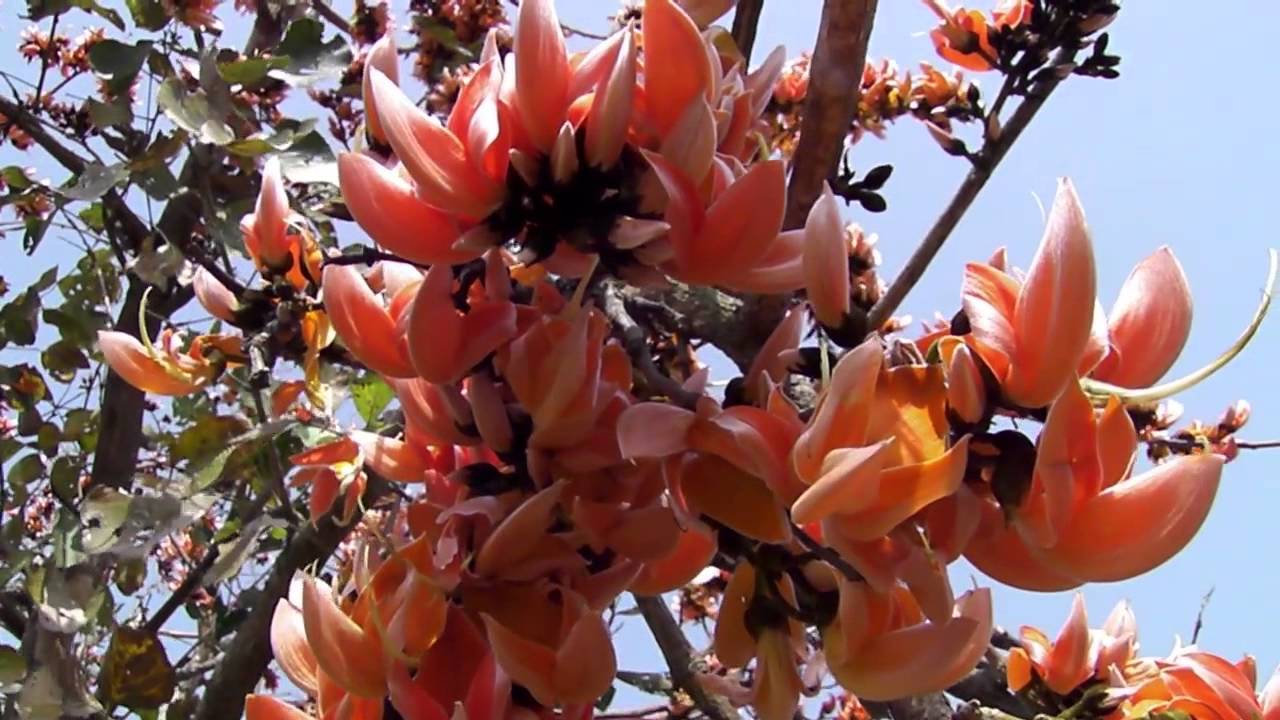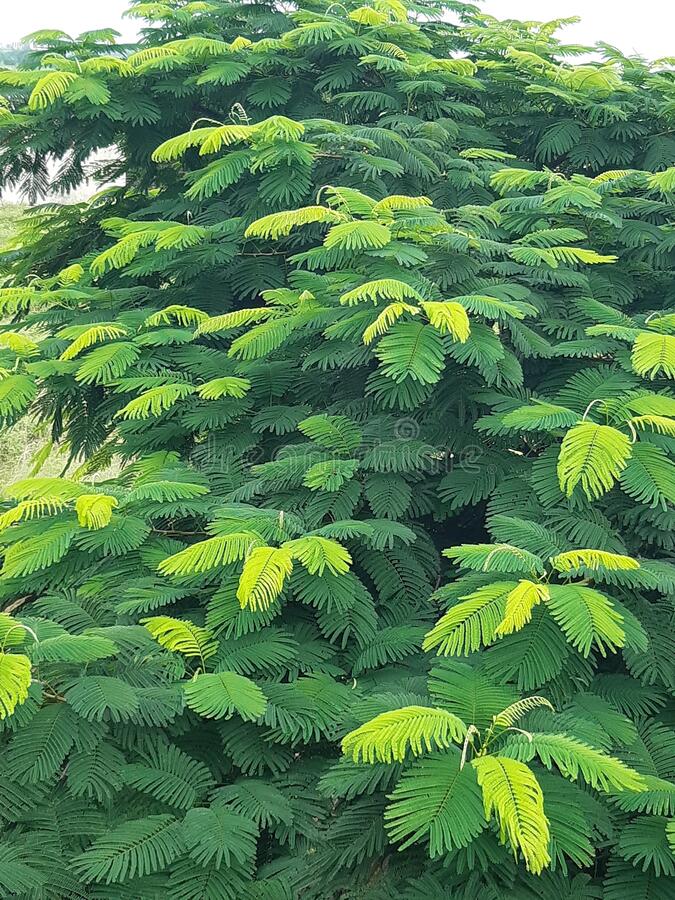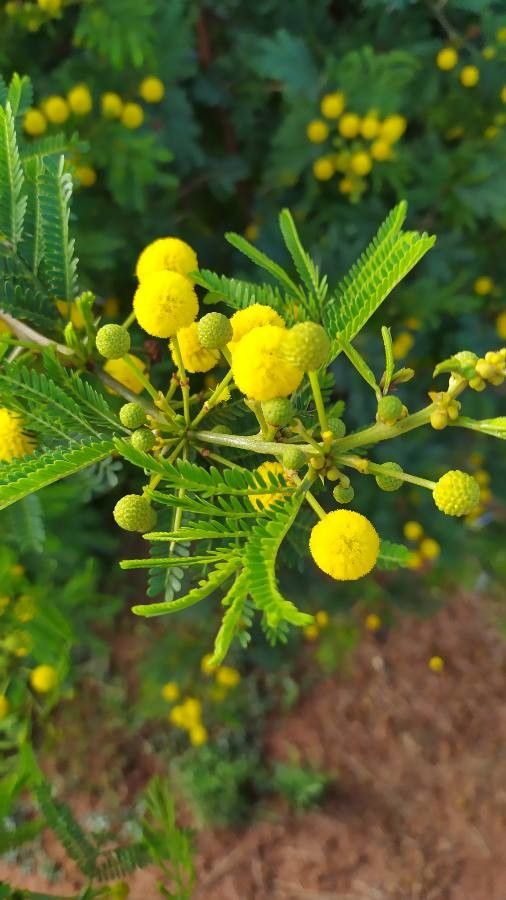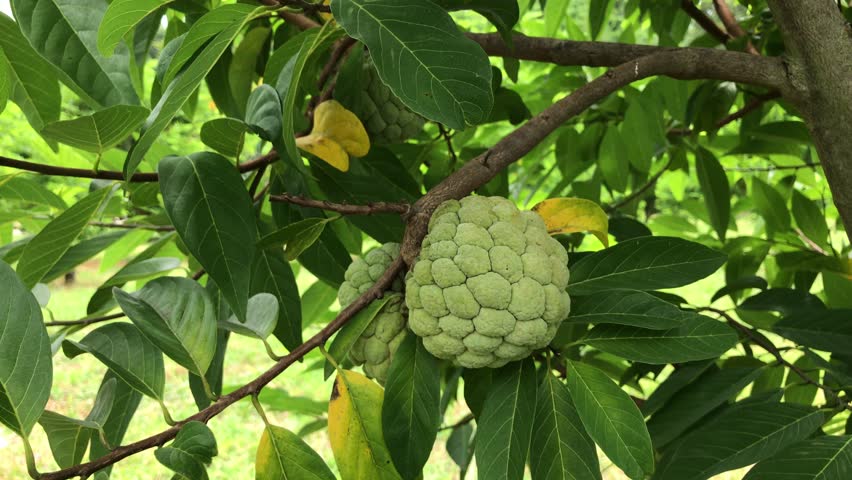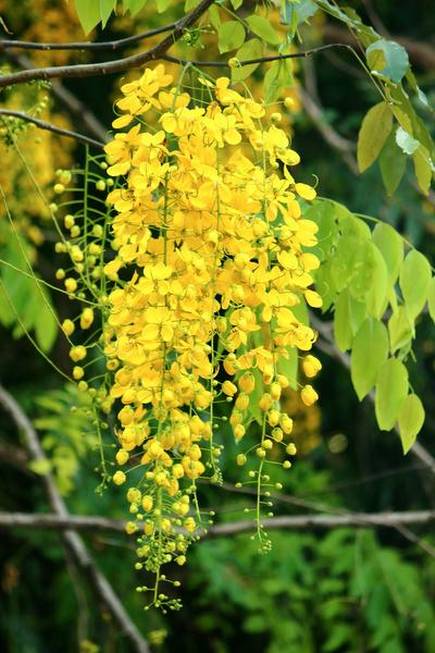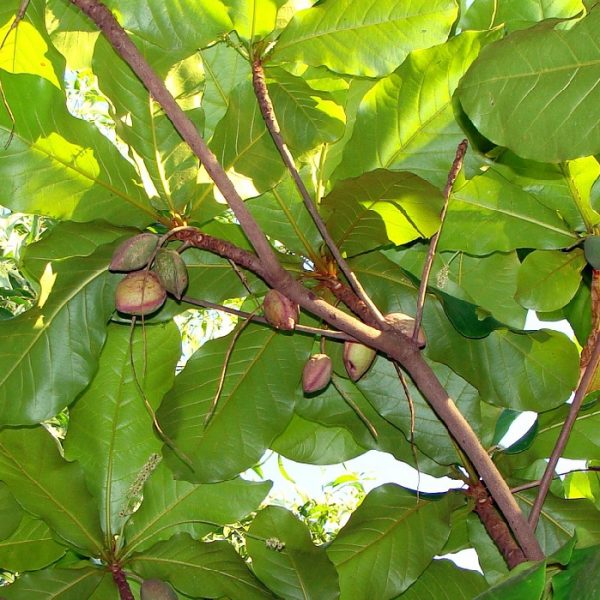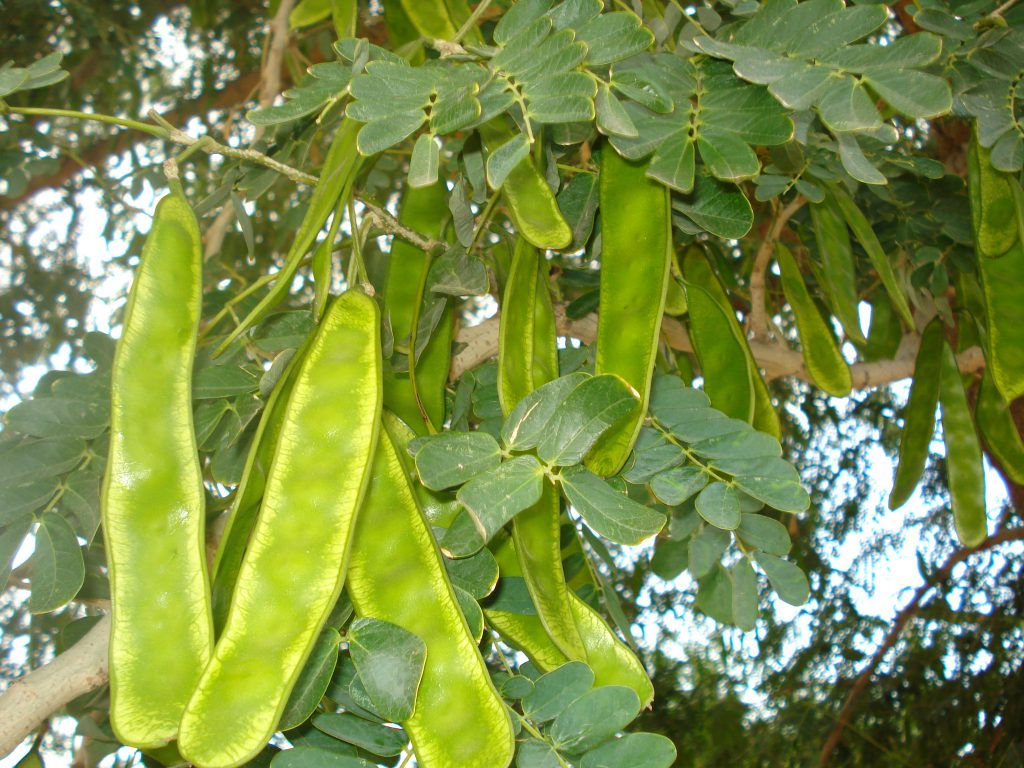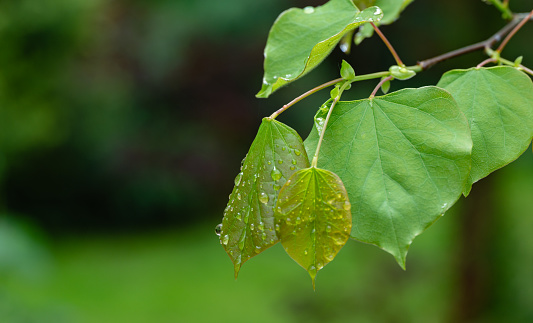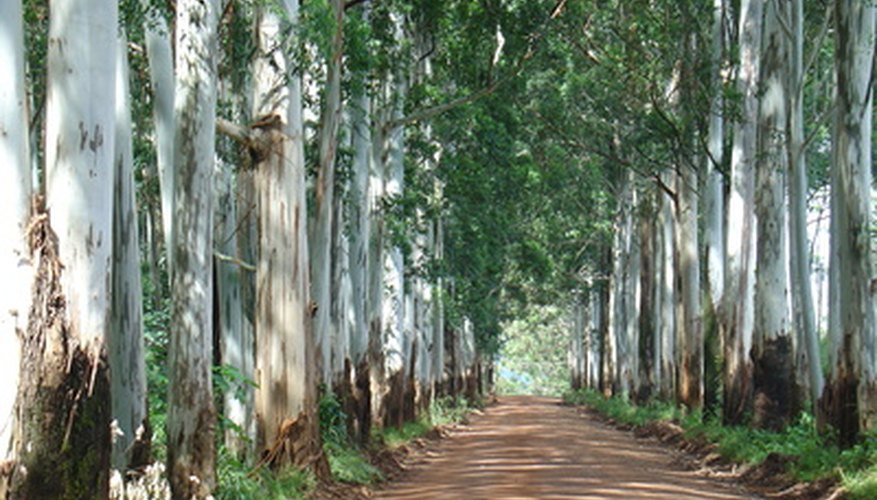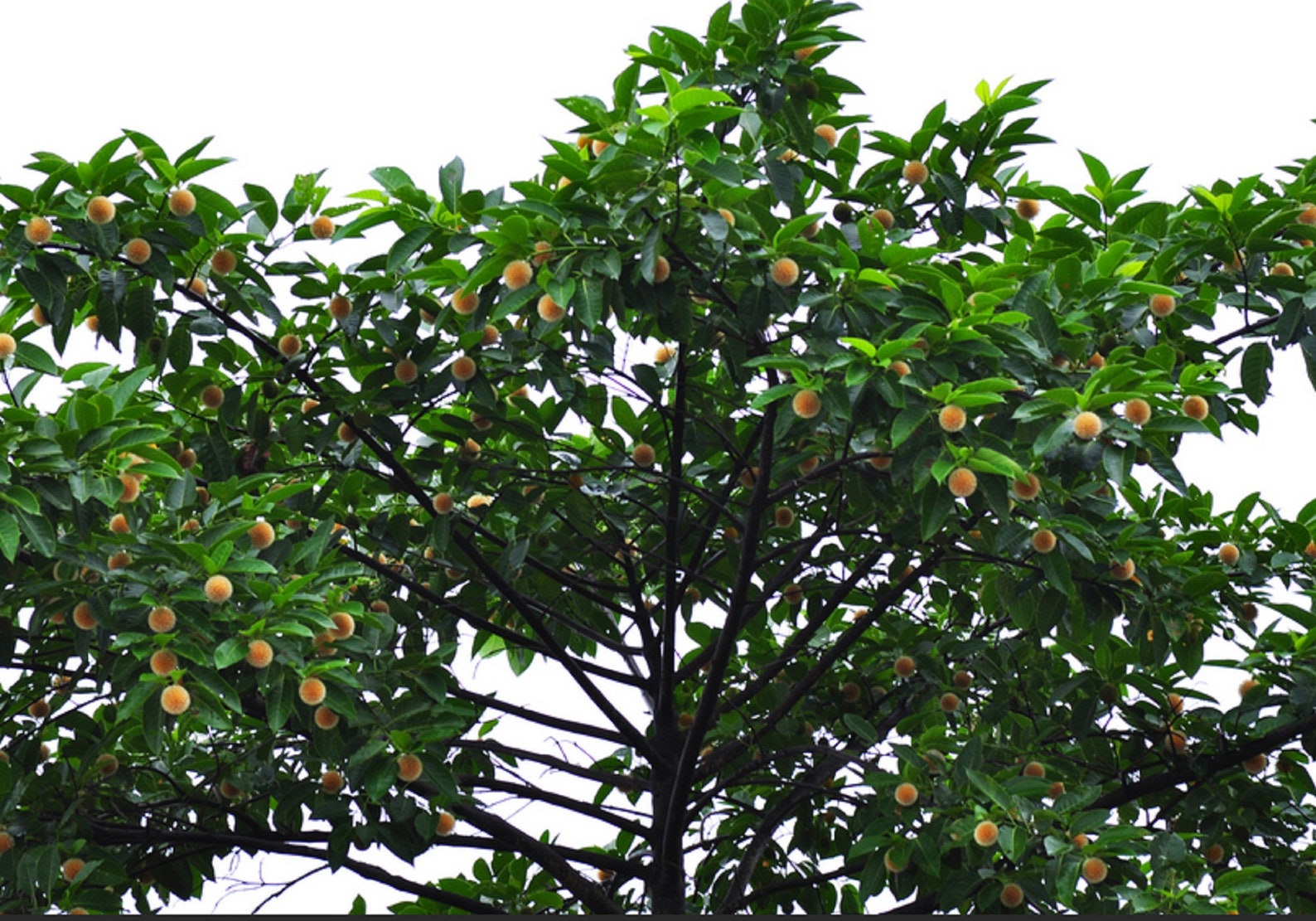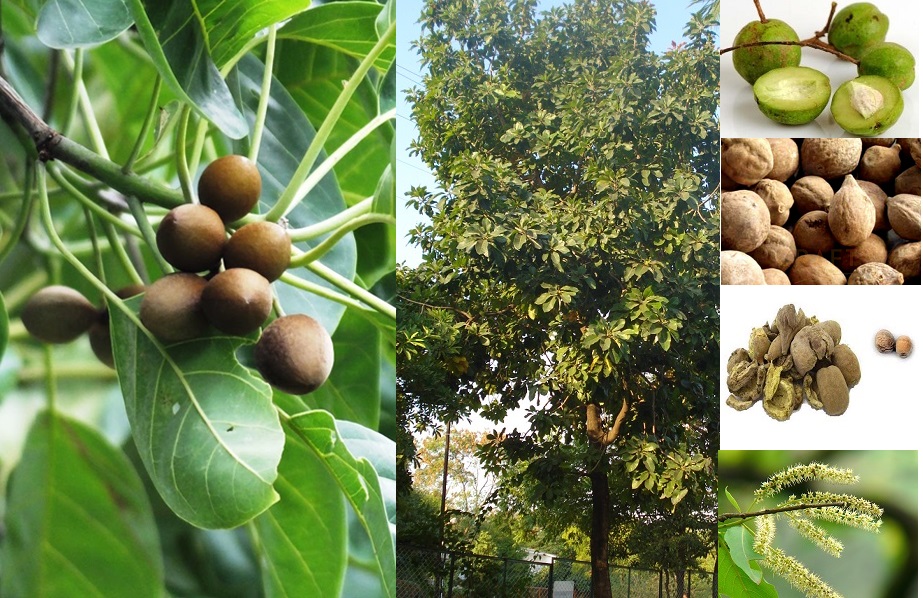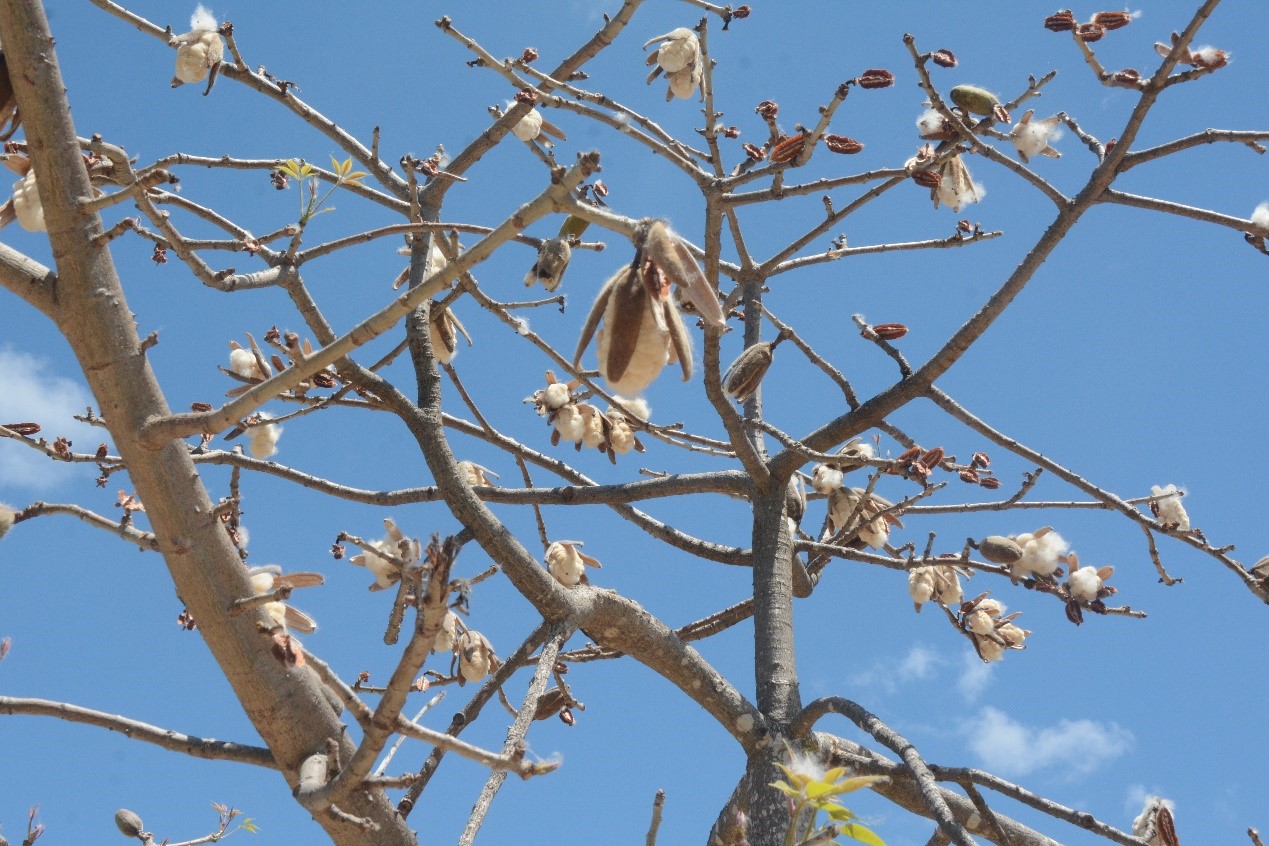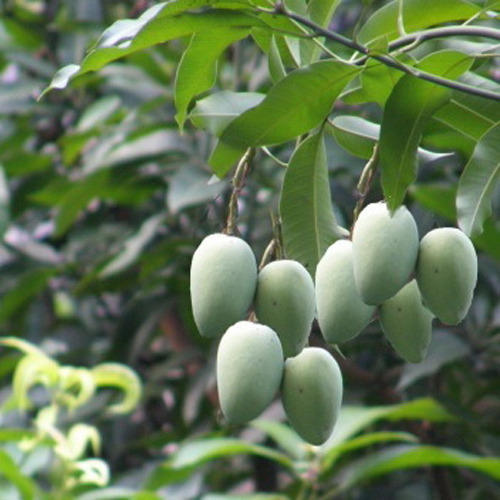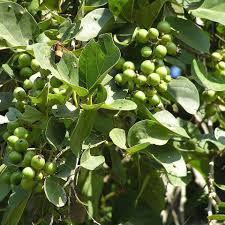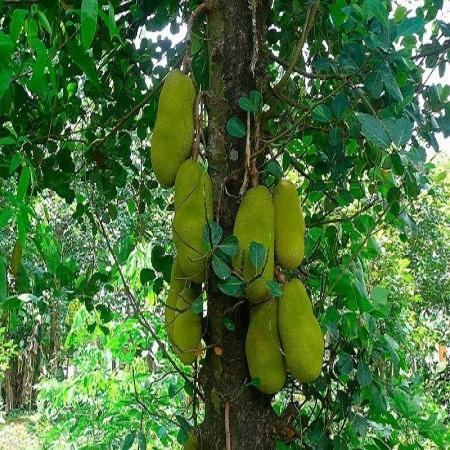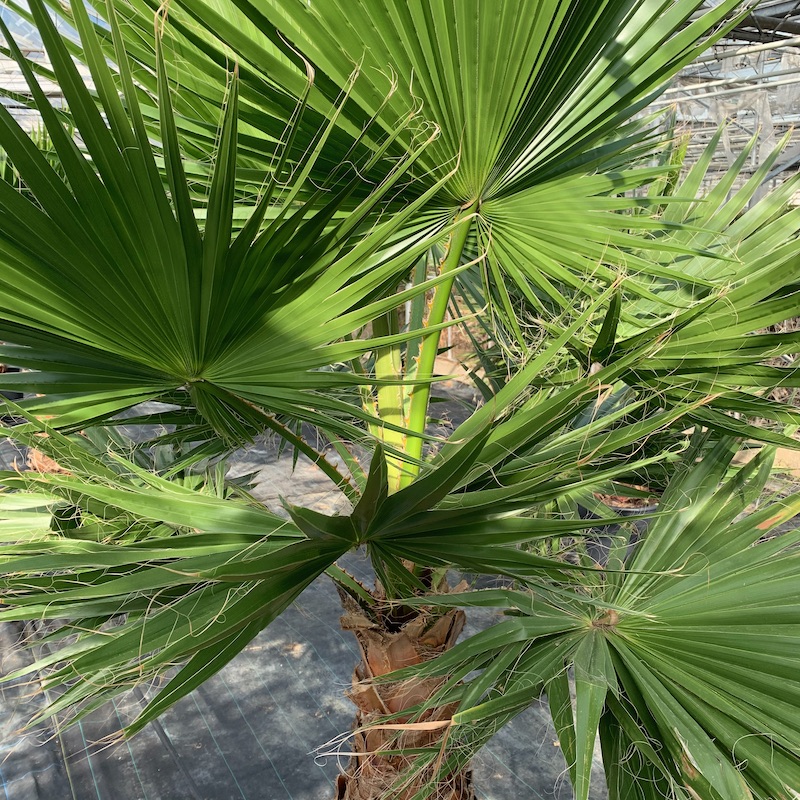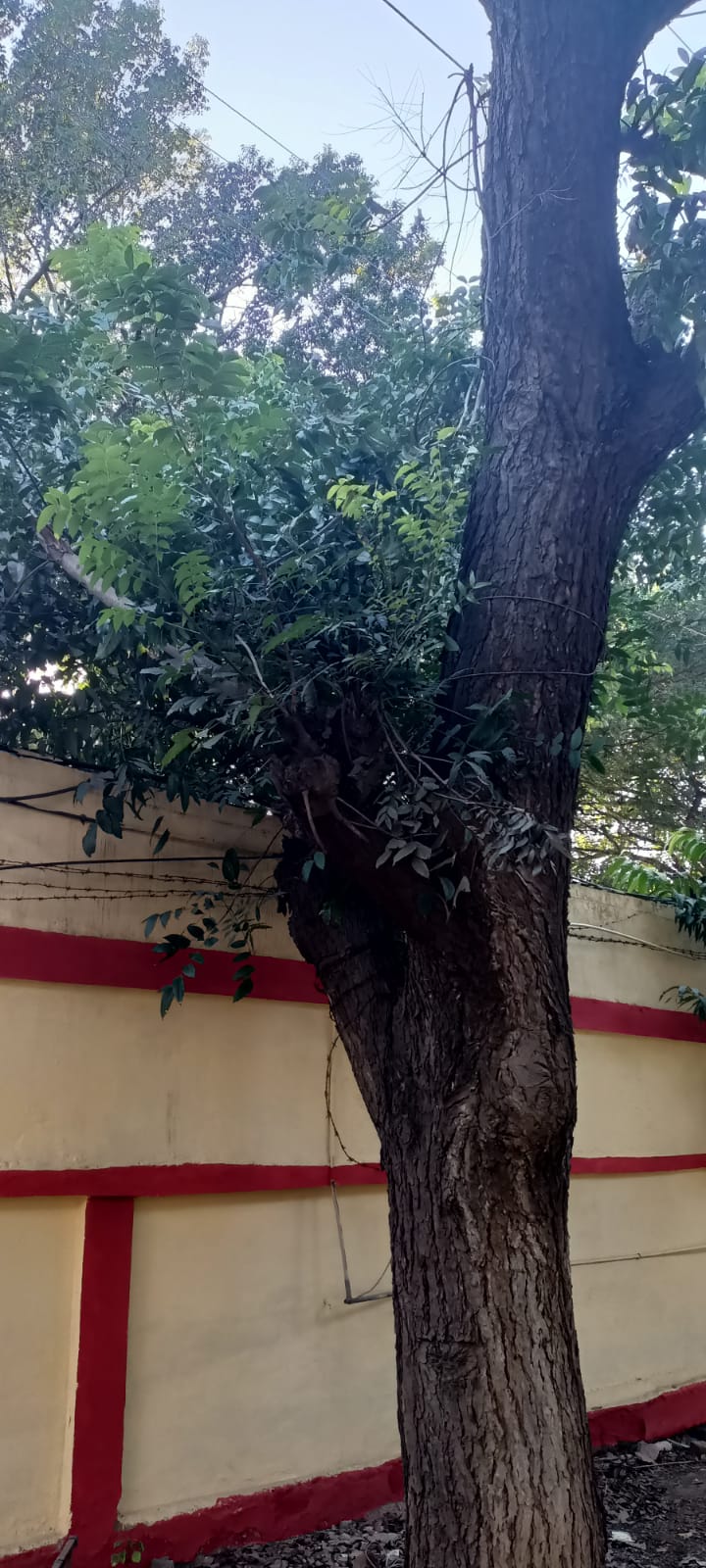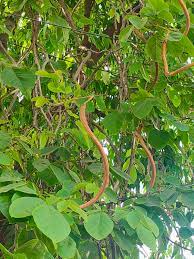SOS IN ENVIRONMENTAL SCIENCE
*Botanical name- Ficus religiosa
*Common name- Peepal, hindu tree,bodhi tree, Arani,Ashvattha,Ragi
*Family name- Moraceae
The Peepal represents the trinity of Bhrama, Vishnu, and Shiva – the roots being Bhrama, the trunk, Vishnu, and the leaves, Shiva.
पीपल ब्रह्मा, विष्णु और शिव की त्रिमूर्ति का प्रतिनिधित्व करता है - जड़ें ब्रह्मा, ट्रंक, विष्णु और पत्तियां, शिव हैं।
Peepal tree (popularly known as ‘Bodhi Tree’) is considered auspicious in Hinduism, Jainism and Buddhism. This tree is a symbol of the Universe’s never-ending expanse – indeed, it is revered across the Indian subcontinent, particularly amongst the Hindus, Jains, and Buddhists, as the Tree of Life.
पीपल के पेड़ (जिसे बोधि वृक्ष के नाम से जाना जाता है) को हिंदू धर्म, जैन धर्म और बौद्ध धर्म में शुभ माना जाता है। यह पेड़ ब्रह्मांड के कभी न खत्म होने वाले विस्तार का प्रतीक है - वास्तव में, यह भारतीय उपमहाद्वीप में, विशेष रूप से हिंदुओं, जैनियों और बौद्धों के बीच, जीवन के वृक्ष के रूप में पूजनीय है।
Releases oxygen even at night. According to the science of Ayurveda, every part of Pipal tree is useful for treating numerous health issues and ailments. This tree can cure as many as 50 disorders, including diarrhoea, epilepsy and gastric troubles.
रात में भी ऑक्सीजन छोड़ते हैं। आयुर्वेद के विज्ञान के अनुसार, पीपल के पेड़ का हर हिस्सा कई स्वास्थ्य समस्याओं और बीमारियों के इलाज के लिए उपयोगी है। यह पेड़ दस्त, मिर्गी और गैस्ट्रिक समस्याओं सहित 50 विकारों को ठीक कर सकता है।
Medicinal used –Peepal tree leaves contain glucose, asteriod and mennos, phenolic while its bark is rich in Vitamin K, tainen and phaetosteroline. All of these ingredients make the peepal tree an exceptional medicinal tree.
पीपल के पेड़ की पत्तियों में ग्लूकोज, एस्टेरिओड और मेनोस, फेनोलिक होता है, जबकि इसकी छाल विटामिन के, ताइनेन और फेटोस्टेरोलिन से भरपूर होती है। ये सभी तत्व पीपल के पेड़ को एक असाधारण औषधीय पेड़ बनाते हैं।
Bleeding diarrhea:- Take soft stems of peepal, coriander seeds,crystal sugar in equal quantity and mix them well and take its 3-4 grams twice a day and it is very useful in this disease.
रक्तस्रावी अतिसार :- पीपल के नरम तने, धनिये के दाने, मिश्री समान मात्रा में लेकर अच्छी तरह मिलाकर इसकी 3-4 ग्राम की मात्रा में दिन में दो बार सेवन करने से इस रोग में बहुत लाभ होता है।
* Poor appetite:- Consume ripe fruits of Peepal Peepal fruit can also be taken for cough, pitta, blood-related problems, burning sensation and vomitting etc.
भूख कम लगना:- पीपल पीपल के पके फलों का सेवन खांसी, पित्त, रक्त संबंधी समस्याओं, जलन और उल्टी आदि के लिए भी किया जा सकता है।
* Stomach pain:- Make paste of 2.5 leaves of a peepal plant and mix with 50 grams jaggery and make small tablets of the mixture and take it 3-4 times a day. It will soothe the stomach pain.
पेट दर्द :- पीपल के पौधे के 2.5 पत्तों का पेस्ट बनाकर 50 ग्राम गुड़ में मिलाकर मिश्रण की छोटी-छोटी गोलियां बनाकर दिन में 3-4 बार सेवन करें। यह पेट दर्द को शांत करेगा।
* Asthma:- Take a bark of plant and its ripe fruits. Make their powder separately and mix them in equal quantities. In take of this mixture thrice in a day is very effective in this problem. Make a powder of dry fruits of peepal and take it with two to three grams of water for 14 days twice a day and this will prove very effective.
अस्थमा :- पौधे की छाल और उसके पके फल लें। इनका पाउडर अलग-अलग बनाकर समान मात्रा में मिला लें। इस मिश्रण का दिन में तीन बार सेवन करने से इस समस्या में बहुत फायदा होता है। पीपल के सूखे मेवों का चूर्ण बनाकर दो से तीन ग्राम पानी के साथ 14 दिन तक दिन में दो बार सेवन करने से बहुत फायदा होता है।
* Snake Bite:- In case of a snake bite give 2-2 spoons of the extracts of Peepal leaves three to four times to reduce the effect of the poison.
सर्पदंश :- सर्पदंश होने पर 2-2 चम्मच पीपल के पत्तों का रस तीन से चार बार पिलाने से विष का प्रभाव कम हो जाता है।
* Skin diseases:- Eat the soft leaves of Peepal and the problem itching and other skin diseases are cured. Taking 40 ml tea of this leaf is equally effective.
चर्म रोग :- पीपल के कोमल पत्तों को खाने से खुजली व अन्य चर्म रोग ठीक हो जाते हैं। इस पत्ते की 40 मिलीलीटर चाय का सेवन भी उतना ही असरदार होता है।
* Eczema itching:- Take 50 gms peepali bark ash and add lime and ghee properly and make the paste of the mixture. Apply this paste on effective areas and it will prove soothing effects . Take 40 ml tea of peepal bark regularly and it will also be useful.
खुजली वाली खुजली :- 50 ग्राम पीपली की छाल की राख लेकर उसमें नींबू और घी को अच्छी तरह मिलाकर पेस्ट बना लें। इस पेस्ट को प्रभावी क्षेत्रों पर लगाएं और यह सुखदायक प्रभाव साबित होगा। पीपल की छाल की 40 मिलीलीटर चाय नियमित रूप से लेने से भी लाभ होगा।
* Cracked Heals:- Apply Peepal leaf extracts or its milk on cracked hands and heels to get best results.
फटी एड़ियां :- पीपल के पत्ते का अर्क या उसका दूध फटे हाथों और एड़ी पर लगाने से अच्छे परिणाम मिलते हैं।
Blood purification:- Take one to two gm of Peepal seeds powder and take it with honey twice a day and it will purify the blood. In the gastric-related blood disorders take 40 ml kwath and five gms of honey for best results.
रक्त शुद्धि :- पीपल के बीज का चूर्ण एक से दो ग्राम की मात्रा में लेकर शहद के साथ दिन में दो बार सेवन करने से रक्त शुद्ध होता है। जठर-संबंधी रक्त विकारों में अच्छे परिणाम के लिए 40 मिली क्वाथ और 5 ग्राम शहद मिलाकर सेवन करें
. Liver and spline disease:- Take 3-4 fresh leaves of Peepal and mix crystal sugar in it and make its powder. Mix the powder in 250 ml water and then filter the mixture. This squash has to be given twice a day to the patient for 5 days. This medicine is very effective for patient of Jaundice.
जिगर और तंतु रोग :- पीपल के 3-4 ताजे पत्ते लेकर उसमें क्रिस्टल चीनी मिलाकर उसका चूर्ण बना लें। पाउडर को 250 मिलीलीटर पानी में मिलाकर मिश्रण को छान लें। यह स्क्वैश रोगी को 5 दिनों तक दिन में दो बार देना होता है। पीलिया के रोगी के लिए यह औषधि बहुत ही गुणकारी है।
* Swelling in Spline:- Take 10-20 gms of peepal bark and burn it out and add equal quantity of Kalmi Shora and pour it in ripe banana and eat one such banana each day and it will cure swelling of spline swelling.
सूजन :- पीपल की छाल 10-20 ग्राम लेकर उसे जलाकर उतनी ही मात्रा में कलमी शोरा मिलाकर पके केले में डालकर प्रतिदिन एक ऐसा केला खाने से तख़्ती की सूजन दूर हो जाती है।
* Hiccups:- Take 50-100 gms bark of peepal and make tis charcoal and extinguish it in water.
हिचकी :- पीपल की छाल 50-100 ग्राम लेकर तीस का कोयला बनाकर पानी में बुझा दें।
* Eye pain:- Take the milk of the leaves of the plant and apply on the eye.
आंखों का दर्द :- पौधे की पत्तियों का दूध लेकर आंखों पर लगाएं।
* Tooth ache:- Take barks of both peepal and banian tree in equal quantity and mix them well and boil the mixture in hot water.
दांत दर्द :- पीपल और बरगद दोनों के पेड़ की छाल को बराबर मात्रा में लेकर अच्छी तरह मिलाकर गर्म पानी में उबाल लें, गुनगुने पानी से गरारे करें ।
Environment benefit-
Peepal tree do play a crucial role in keeping the environment clean.
Peepal tree surrounding Clean air and absorbed co2 .


